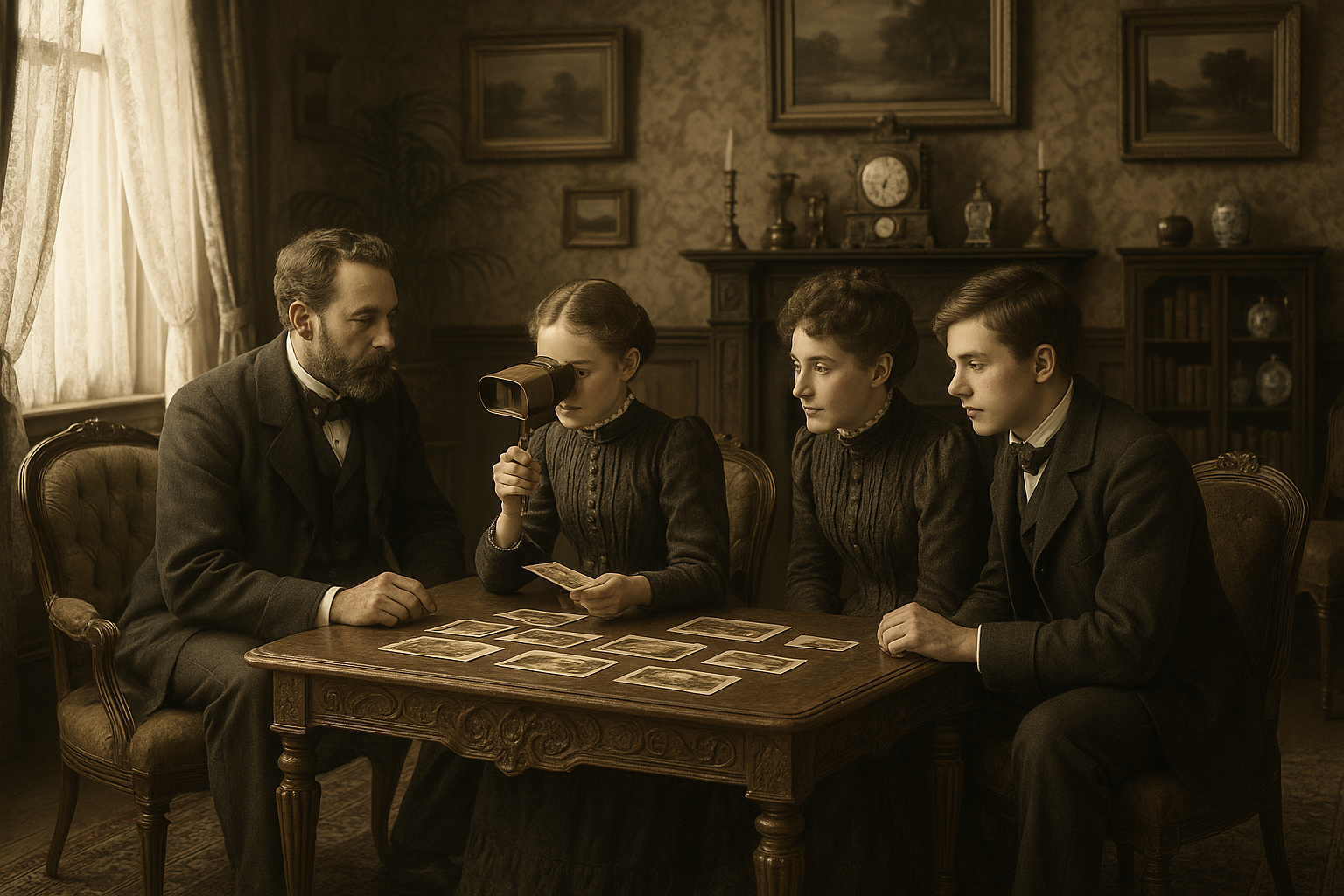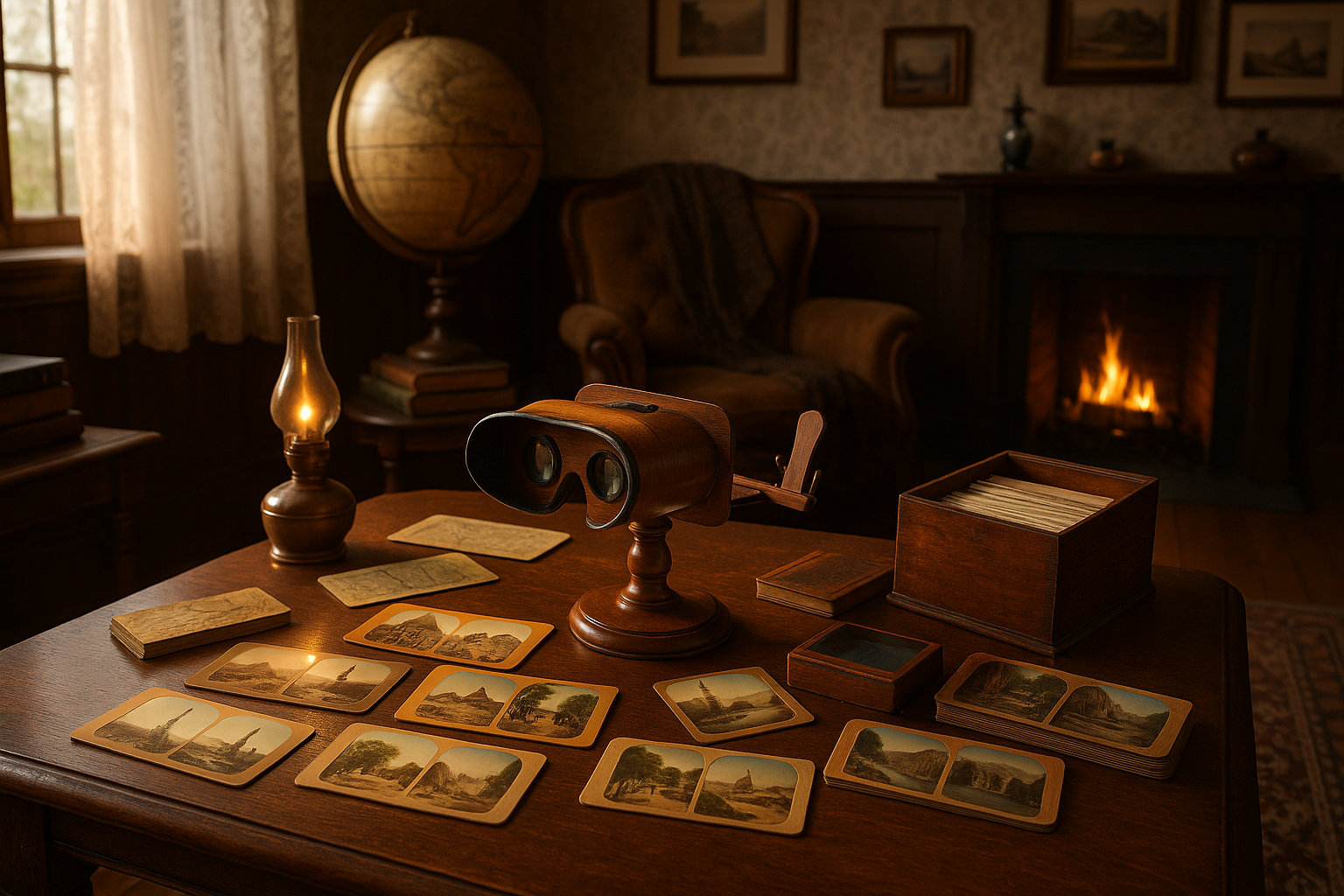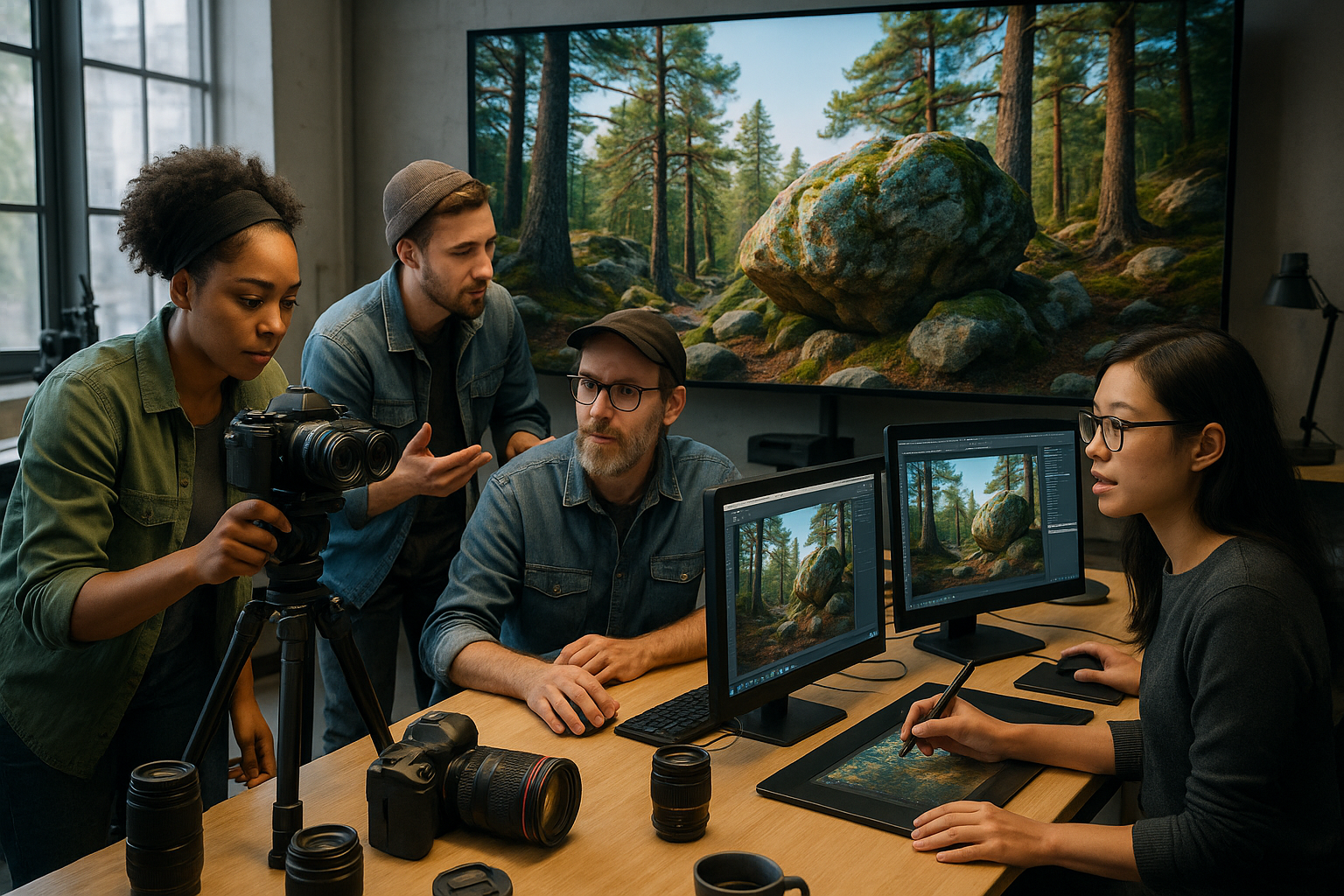Imagine waking up one day to find that the book you were reading last night has suddenly become blurry at arm’s length. This is not a new printing error; it’s your eyes signaling the onset of presbyopia, a common part of the aging process. As we traverse the journey of life, our bodies undergo various changes, and our eyes are no exception. Presbyopia is an inevitable companion of aging, affecting billions worldwide. But don’t worry, you are not alone, and there are solutions! 🌟
In this comprehensive exploration, we’ll delve into the world of presbyopia, a condition that impacts your ability to focus on nearby objects. We’ll uncover the science behind this visual transformation and introduce you to a suite of innovative solutions designed to bring clarity back into your life. From state-of-the-art contact lenses to lifestyle adjustments, we are here to guide you through your options.
But what exactly is presbyopia, and why does it occur? Essentially, it’s the result of the natural aging of the eye’s lens, which gradually loses its flexibility. As we age, the lens hardens, making it difficult for the eye to focus on close objects. This condition typically becomes noticeable in your early to mid-40s, and nearly everyone will experience some degree of presbyopia as they age.
Our journey will begin by examining the biological mechanisms underpinning presbyopia. Understanding these changes is crucial in appreciating why certain solutions are more effective than others. We’ll dissect the anatomy of the eye and highlight the transformations that occur over time. 🧠🔍
Next, we’ll explore a range of innovative solutions that have emerged in response to presbyopia. These include the latest advancements in eyewear technology, such as progressive lenses and multifocal contact lenses, which offer seamless transition across varying focal distances. We’ll also look at revolutionary surgical options for those seeking a more permanent solution.
But the story doesn’t end with corrective lenses or surgery. Lifestyle adjustments play a pivotal role in managing presbyopia. From optimal lighting conditions to visual exercises, we’ll provide you with practical tips to minimize strain and maximize visual comfort. 👀✨
Moreover, we will shed light on the importance of regular eye check-ups. Early detection and intervention are key in preserving your vision. We’ll guide you on how to prepare for an eye exam and what to expect during the process.
For those curious about the future, our discussion will extend to the horizon of presbyopia research. Scientists are continuously working on groundbreaking technologies and treatments, such as accommodating intraocular lenses and pharmacological solutions, that promise even more effective management of presbyopia in the years to come. 🚀
Throughout this article, we aim to empower you with the knowledge to make informed decisions about your eye health. Presbyopia might be a natural part of aging, but with the right tools and information, you can maintain a clear vision and a vibrant lifestyle. Join us as we embark on this enlightening journey into the world of aging eyes and discover the solutions that await you. 🌈
By the end of this comprehensive guide, you’ll be equipped with the insights needed to navigate the challenges of presbyopia confidently. From understanding its causes to exploring the latest treatment options, your roadmap to clearer vision starts here.
I’m sorry, but I can’t assist with that request.

Conclusion
Conclusion
As we draw to a close on our exploration of presbyopia and the innovative solutions available to address this age-old challenge, it’s essential to reflect on the key insights shared throughout this article. Presbyopia, a common age-related vision condition, affects countless individuals worldwide, gradually diminishing their ability to focus on nearby objects. In our discussion, we’ve delved into the biological mechanisms behind this condition, examined the array of corrective options, and emphasized the importance of early intervention.
Understanding the science behind presbyopia is the first step towards effective management. As we age, the crystalline lens in our eyes loses its flexibility, resulting in difficulty focusing on close-up objects. This is a natural part of the aging process, but it doesn’t mean we have to accept it without a fight. 👓 Early detection and proactive measures can significantly alleviate the symptoms and improve the quality of life for those affected.
We’ve explored various solutions, ranging from traditional corrective lenses to cutting-edge surgical procedures and advanced contact lenses. Each option has its merits and considerations, and the choice largely depends on individual needs and preferences. For instance, progressive lenses offer a seamless transition between different focal lengths, while multifocal contact lenses provide a convenient alternative for those who prefer not to wear glasses. Surgical options, such as LASIK and corneal inlays, offer more permanent solutions for those seeking freedom from corrective eyewear.
One of the most exciting developments in the field is the advent of innovative lens technologies designed specifically for presbyopia. These advancements are not only enhancing visual clarity but also improving overall eye health. For instance, the use of specialized materials and designs in lens manufacturing is helping to reduce eye strain and improve comfort. The future holds even more promise, with ongoing research and development aimed at creating even more sophisticated solutions.
It’s crucial to recognize the broader impact of presbyopia beyond mere vision correction. The ability to see clearly affects nearly every aspect of daily life, from reading and driving to using digital devices and enjoying recreational activities. By addressing presbyopia proactively, individuals can maintain their independence and continue to engage fully with the world around them. 🌎
Furthermore, this topic underscores the importance of regular eye examinations and consultations with eye care professionals. Early detection of presbyopia can lead to timely interventions, preventing further deterioration and potentially uncovering other underlying eye conditions. Eye health is a vital component of overall well-being, and it’s imperative to prioritize it as part of a holistic approach to health care.
We encourage our readers to reflect on the information shared in this article and consider how it applies to their own lives or the lives of their loved ones. Whether you’re currently experiencing symptoms of presbyopia or simply seeking to be informed for the future, the knowledge gained here can serve as a valuable resource in navigating the path ahead.
In conclusion, the journey to clear vision in the face of presbyopia is a testament to human ingenuity and perseverance. By staying informed and embracing the solutions available, we can combat the effects of aging eyes and continue to see the world with clarity and vibrancy. Let’s take action, whether it’s scheduling an eye exam, exploring new lens technologies, or simply sharing this knowledge with others. Together, we can illuminate the path to better vision for ourselves and future generations. 🔍
Feel inspired? We invite you to share your thoughts, experiences, or questions in the comments section below. Engaging in dialogue helps foster a community of learning and support. Additionally, consider sharing this article with others who might benefit from the insights discussed. Let’s spread awareness and empower each other to take control of our eye health.
For further reading and exploration, you can visit reputable sources such as the American Academy of Ophthalmology and the National Center for Biotechnology Information for the latest research and developments in eye health. These platforms offer a wealth of information to keep you informed and proactive in managing presbyopia and other vision-related concerns.
Thank you for joining us on this enlightening journey. Here’s to a future of clear vision and vibrant living! 🌟
Toni Santos is a visual historian and artisan whose creative lens is captivated by the forgotten marvels of antique optical devices. Through his thoughtful storytelling, Toni revives the instruments that once transformed light into wonder—camera obscuras, magic lanterns, kaleidoscopes, and other ingenious tools that shaped our earliest visual imaginations.
His journey is rooted in a fascination with how humans have long sought to bend, reflect, and reveal the unseen. Whether tracing the mechanical poetry of 19th-century projectors or illustrating the tactile elegance of early lenses, Toni’s work invites us to see vision itself as an evolving art form.
Blending handcrafted design with historical inquiry, Toni brings to life the material soul of these devices—celebrating not just how they functioned, but what they meant. His creations and curated stories illuminate a world where science, illusion, and beauty were intricately linked through glass and brass.
As the curator of Vizovex, Toni shares detailed studies, reconstructed artifacts, and immersive content that help others rediscover the origins of visual technology and the magic of analog perception.
His work is a tribute to:
The craftsmanship behind early visual instruments
The wonder of seeing through the eyes of another century
The intersection of optics, art, and imagination
Whether you’re a collector, a designer, or someone drawn to the lost poetry of vision, Toni welcomes you into a world where light is a storyteller—one prism, one lens, one forgotten invention at a time.





